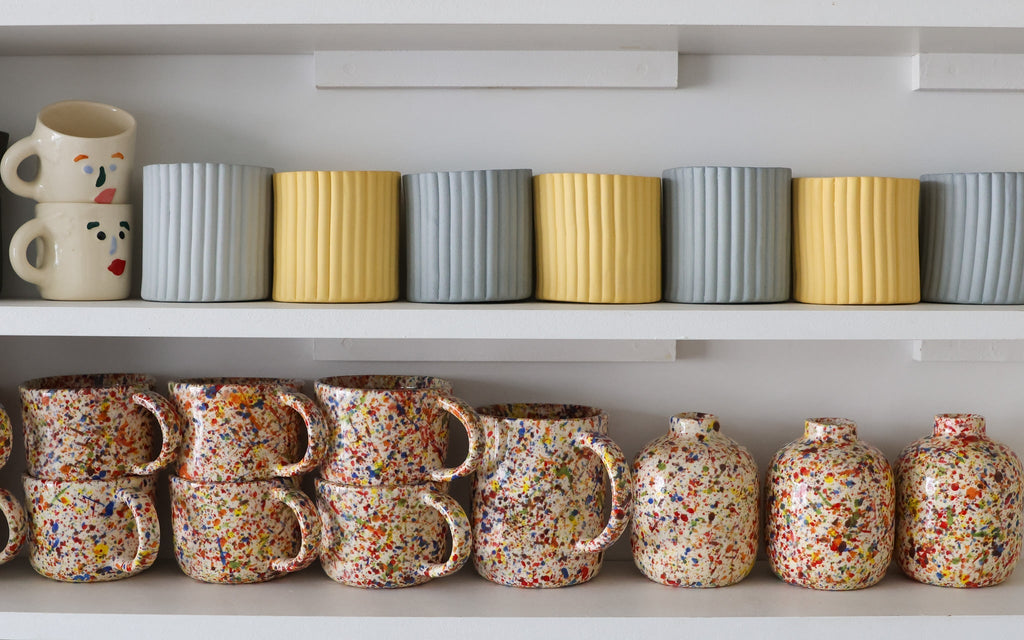
Open studio every Saturday!
In NYC? You are cordially invited to visit the studio

Complete the 'Wordclay' puzzle and get a coupon code for $5 off your next order!
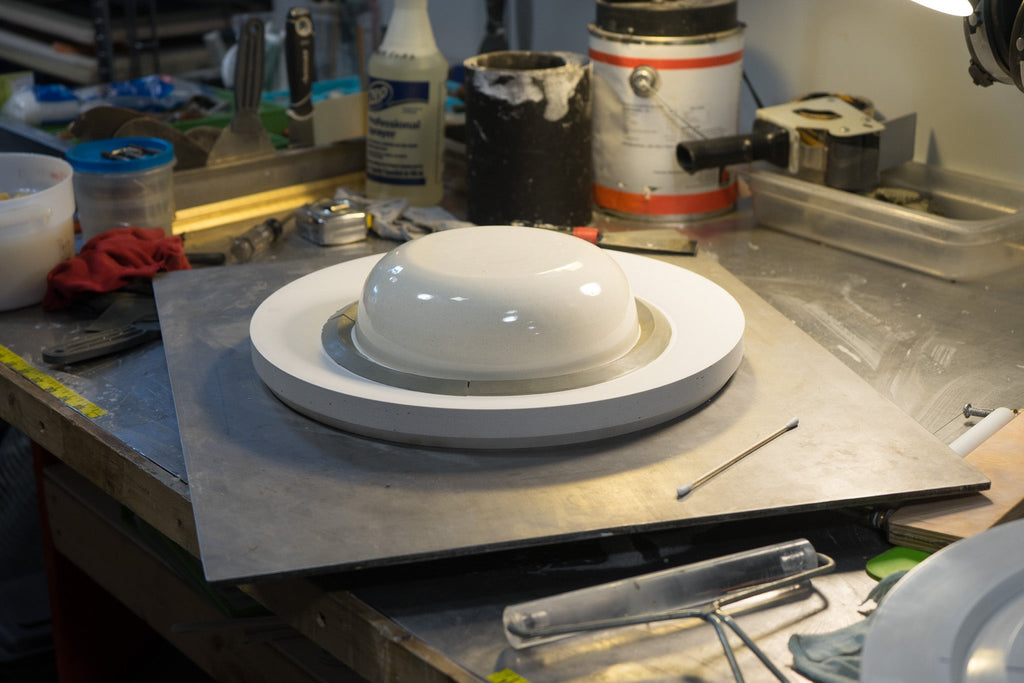
When I first started my business in 2013, I threw each piece on the wheel by myself. I learned quickly how much this limited the number of pieces I could make. As I started to get burnt out on the repetition of production throwing, I explored how I might increase my production in a way that felt right to me...
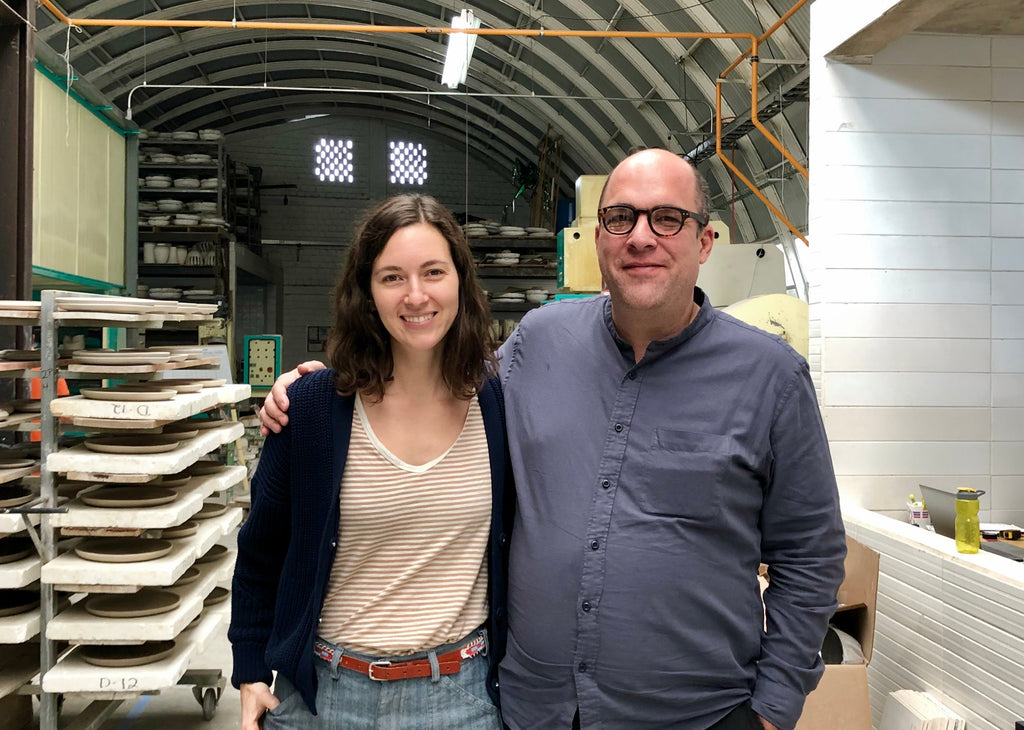
t was an artisanal meet-cute: Jose Noe Suro of Ceramica Suro was strolling around Red Hook one Saturday and saw a line of people outside of an unmarked building. He asked what they were waiting for, and when they said 'pottery', he waited too.

I was asked by DVF to create a body of work inspired by their fall prints, and it was such a fun challenge for me...[…]

Last winter I was experimenting with making ceramic candlestick holders. They were really fun to make, but challenging to get them to survive all the firing steps, and time consuming too. After realizing they would end up retailing at too high a price point to really make sense, I got the idea to make the candlestick into the candle itself. What followed was several months of trying to DIY something that was really above my pay grade, and then finding a couple of experts who could actually make the idea come to life.
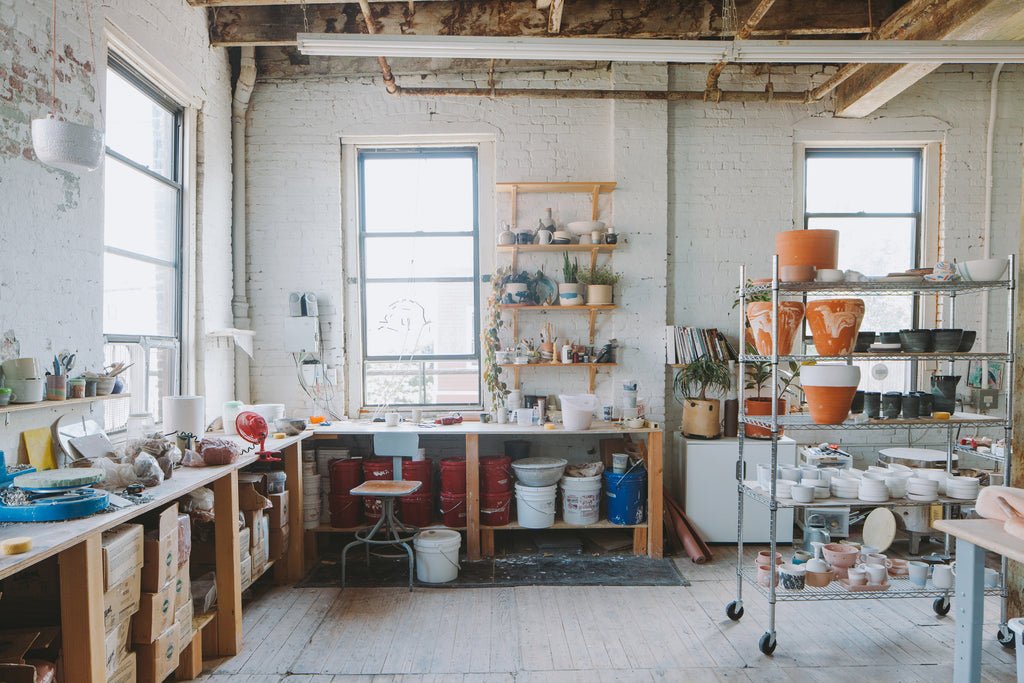
So proud to have my work and studio appear on Freunde von Freunden. Thanks for the great photos James Chororos!
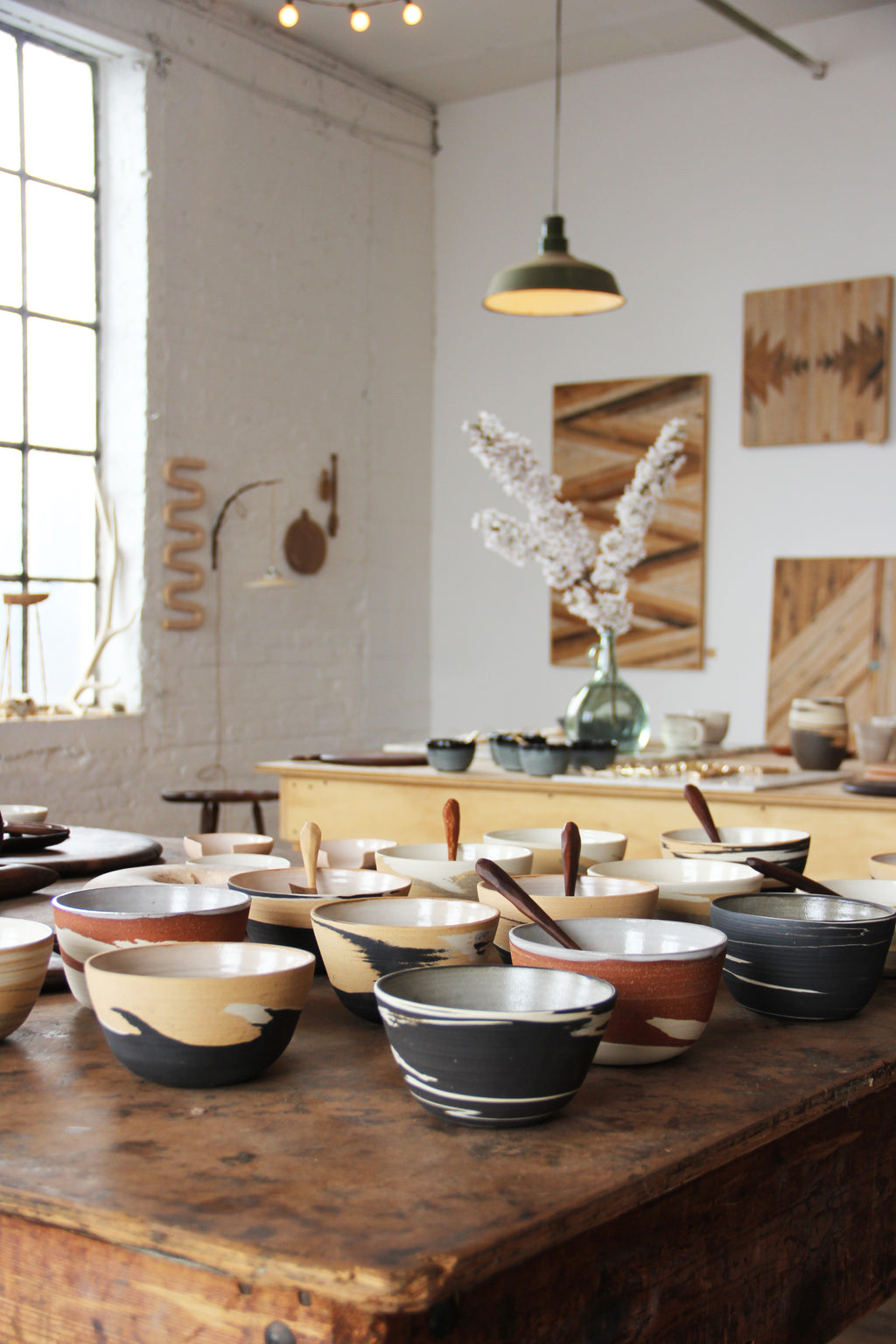
It’s been such a pleasure over the last couple years to collaborate with my friend, the talented woodworked Ariele Alasko. Yesterday we had our final in person sale before she leaves New York, and tomorrow morning a few pieces will be for sale online, on her webshop, at 11am NY time.
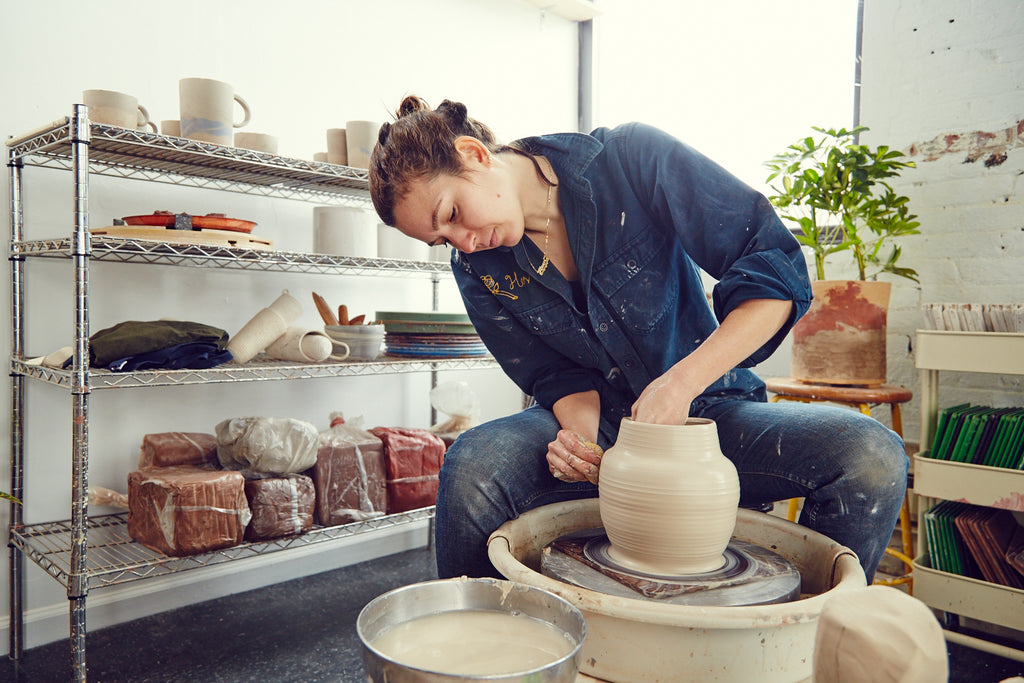
Thanks to Cottage Hill Magazine for the feature on my studio! It was shot by my longtime friend, talented photographer Stephan Alessi.
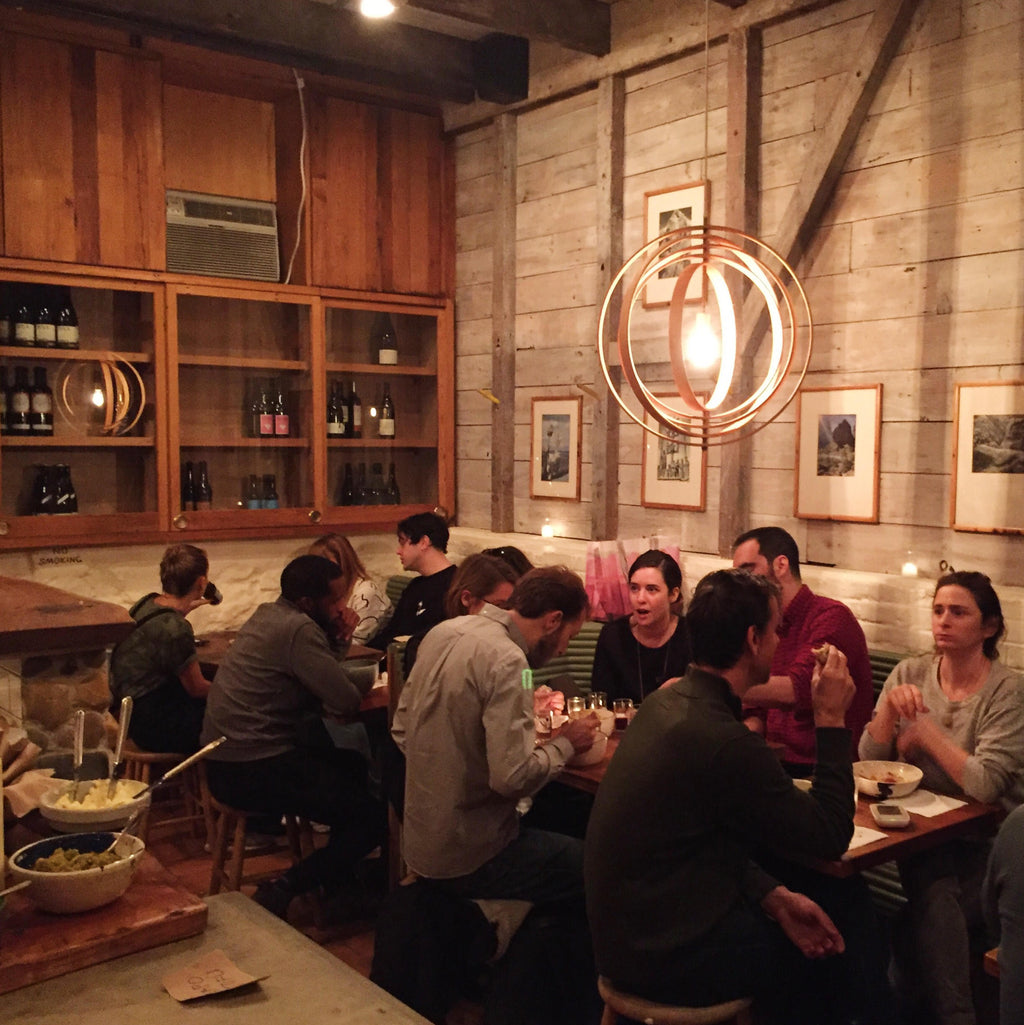
Thank you so much to everyone who came out to eat chili this past Sunday! We raised $2,786 for City Harvest.
And many thanks to the people who made this happen:
HOST WITH THE MOST
RESTAURANTS
POTTERS

I’m organizing an ‘Empty Bowls’ charity dinner this Sunday!
Come enjoy a CHILI COOK-OFF this Sunday at Hillside, featuring Mission Chinese Food, The Meatball Shop, Ciao For Now & Vinegar Hill House in hand crafted bowls made by CLAM LAB, Nicholas Newcomb Pottery and Sculpture, Object and Totem, BTW Ceramics, BDB and MORE!
$40 suggested donation for chili and you get to take your new bowl home, or $20 for just the chili.
All proceeds benefit hunger fighting charities in NYC.
No reservations, first come first served, 5pm & 7pm seatings.
70 Hudson avenue in Brooklyn.
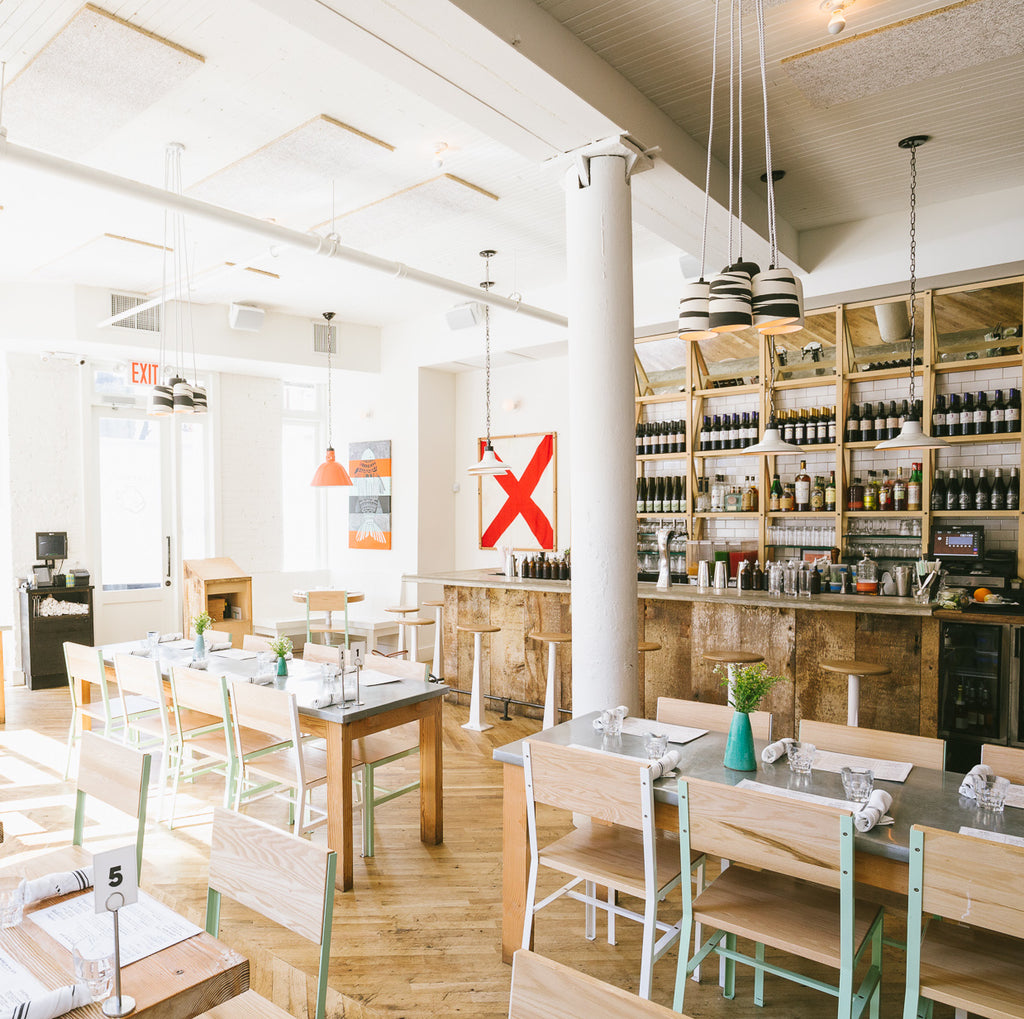
I worked as a waitress and bartender at The Meatball Shop for many years, and the owners Dan and Mike always took me back after I quit to support my art, then ran out of money and came back. So it means a great deal to me to be able to make these light fixtures […]
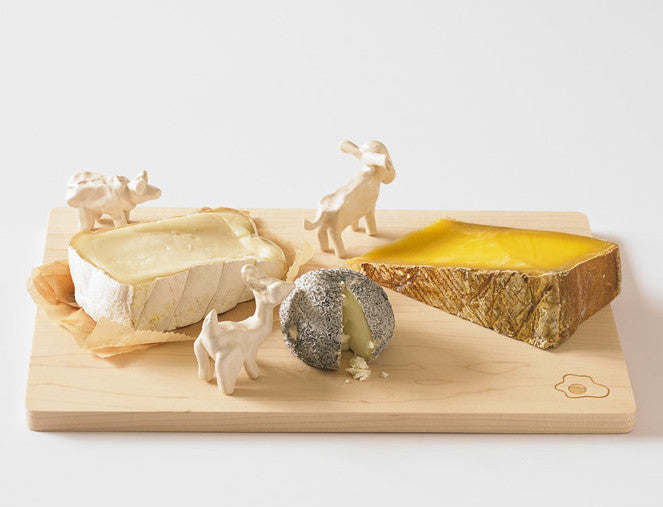
I had so much fun with Thing Industries making these tiny porcelain animals to identify different cheeses on a cheese board. Thanks for asking me to do it!
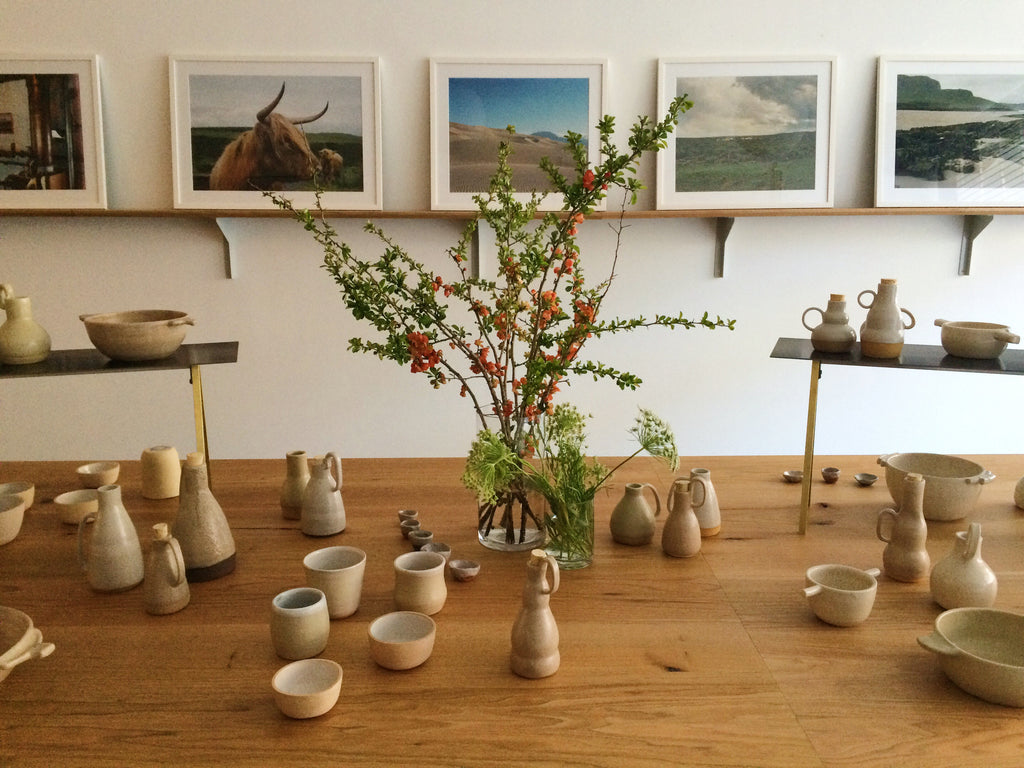
Thank you so much to everyone who came out to the show at The Primary Essentials! And thank you to Bruichladdich for making the event possible.
Artist’s statement after the jump…

Thanks so much to Bloomberg Businessweek for visiting my temporary LA studio to check out my threads!

I’ve been working for months on a collection of work commissioned by Bruichladdich. Last summer I went on a road trip from New York to New Mexico, making stops all along the way to visit the factories that produce my clay and glazes, meet other potters, and collect raw materials that I was hoping to […]
Thanks for the mention, Lucky!
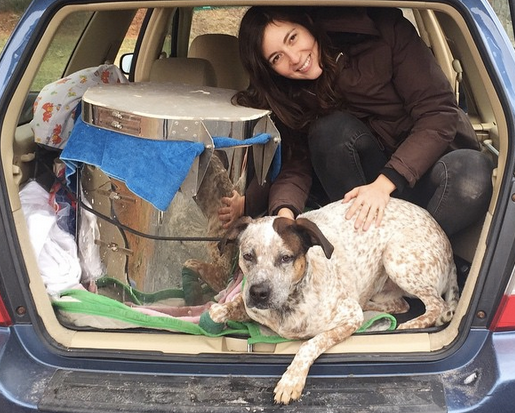
Helen Levi Ceramics is spending the coldest months of the year in Los Angeles! Production will continue with a focus on exploring high temperature gas firings. Looking forward to sharing the new work with you, and picking back up with my full catalogue of work in New York in April.
I’m so pleased to have made these bowls for the fantastic Vinegar Hill House. They’ll be used for specials, so make sure you order off the menu when you go.
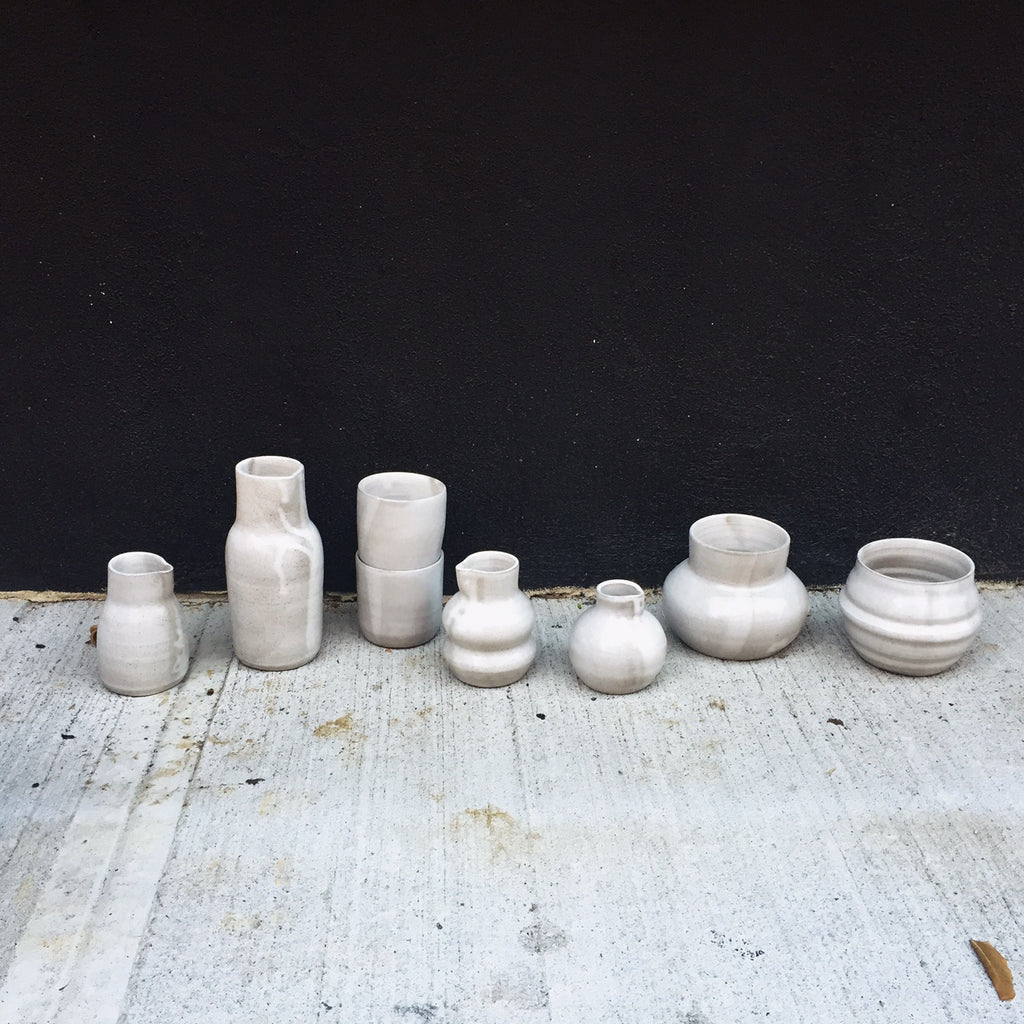
I made this little collection for Duo NYC, a store just a block away from where I was born.
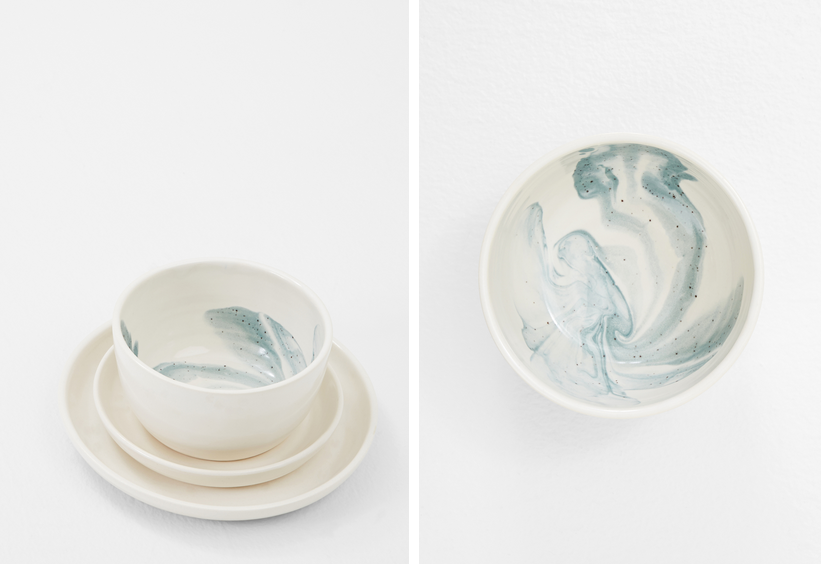
Very proud of this three piece porcelain dinner set I made, now available exclusively through Totokaelo

Fresh on the heels of my all-American road trip, I went to Islay, Scotland, to visit the folks at Bruichladdich and learn about their process. I discovered an incredible landscape and the warmest community of people, as well as the most handsome cows I’ve ever seen. Here’s a few snaps from film, more to come…
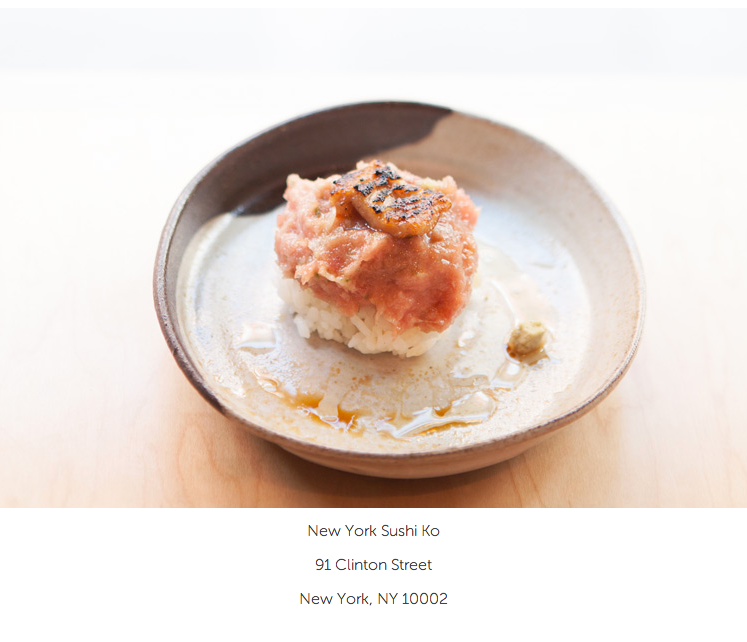
I am so proud to have made all the dishes for New York Sushi Ko, an omakase style sushi restaurant in Manhattan. I made 200 pieces, including cups, chopstick holders, and plates in seven styles for the seven course tasting menu. The food there is out of this world, learn more here